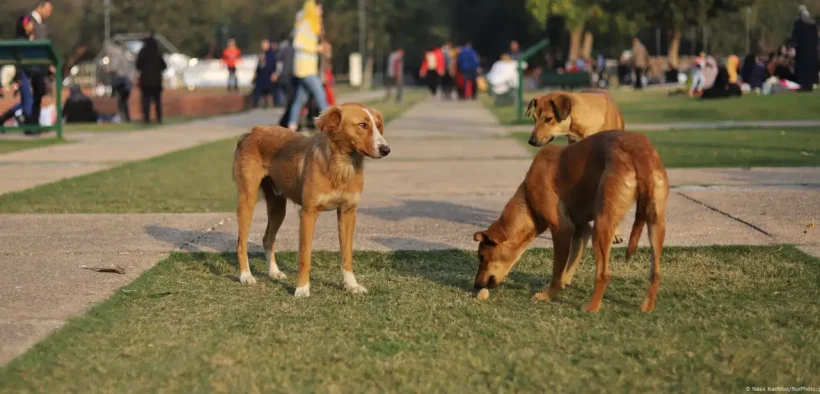India’s Supreme Court, alarmed by a surge in stray dog attacks in New Delhi, has issued a sweeping directive. The court has ordered authorities to capture 5,000 stray dogs from “high-risk areas” within six to eight weeks, sterilize them, and relocate them to designated shelters.
Advertisements

Hospital records show the capital sees nearly 2,000 dog bite incidents per day, prompting the court to stress that “infants and young children should not at any cost fall prey to stray dogs.” Additionally, local administrations are required to launch a 24-hour helpline and inform the public about available anti-rabies vaccines.
The ruling has triggered substantial criticism from animal welfare experts and conservationists. Many argue the order is unscientific and impractical, especially considering Delhi’s infrastructure limitations. The city has no dedicated dog shelters and only 20 sterilisation centres, capable of handling about 2,500 dogs at a time—far below what’s needed to manage an estimated stray population of 600,000 or more.
Critics warn of severe unintended consequences. The “vacuum effect”—where removing community dogs creates space for unvaccinated, aggressive strays to move in—could worsen rabies spread and animal-human conflicts. Shelters themselves, without proper resources, may become breeding grounds for diseases.
Supporters of sterilisation and vaccination over forced removal point to successful programs reducing rabies deaths in other parts of India. They advocate scaling up ABC (Animal Birth Control) initiatives rather than mass relocation.
